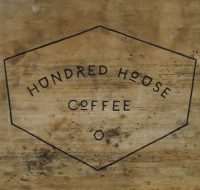 At the end of last month, I visited the Hundred House Coffee roastery in the rolling Shropshire hills, coming away with an unexpected present: the last of the second edition of Hundred House’s Freak & Unique range. I was given two more bags of coffee, a naturally-processed one from Damian Espinoza Garcia in Peru and another from Fazenda Recanto in Brazil, processed using a 64-hour fermentation technique.
At the end of last month, I visited the Hundred House Coffee roastery in the rolling Shropshire hills, coming away with an unexpected present: the last of the second edition of Hundred House’s Freak & Unique range. I was given two more bags of coffee, a naturally-processed one from Damian Espinoza Garcia in Peru and another from Fazenda Recanto in Brazil, processed using a 64-hour fermentation technique.
Regularly readers will know that I don’t usually write about coffee itself, but every now and then, something comes along (like the Taylors Discovery I had in March, or Chimney Fire’s El Salvador Three Ways that I started the year with) that I make an exception for. These three outstanding coffees from Hundred House all fall into this category.
I did consider cupping the three coffees, but to be honest, they are all so different from each other that I wasn’t sure what I would learn from that. Instead, I’ve just been making them as regular pour-overs during the last two weeks and taking notes as I go.
You can see what I made of them after the gallery.
Before we start, I would like to make it clear that these are three outstanding coffees from Hundred House Coffee, any one of which I’d have been quite happy to spend the last two weeks drinking. In fact, I can’t recall a single coffee that I’ve had from Hundred House that hasn’t been outstanding and, in some way, different. I say this because in what follows I’m going to compare the coffees, both to each other and to my expectations and misconceptions, and I’d hate anyone to come away from these comparisons with the idea that I didn’t like or enjoy them.
I’m starting with the Freak & Unique, largely because it was the most disappointing of the three. Not, as I’ve said, because it wasn’t good: I’ve just finishing drinking the last of it and it’s a really interesting coffee. It’s more that I had high (and probably unreasonable) expectations of it. It didn’t help that I had a relatively small sample, about 80 grams in all, and I don’t think I ever got the best out of it. My first attempt, at a V60 pour-over, drained too quickly, producing 300 ml in around two minutes. I ground it much more finely after that, but probably my best cup was my last, which I made in my AeroPress.
The coffee, which is from farmer Norma Iris Fiallos in Honduras, was the second one in the range, has now sold out, which is why I ended up with a sample bag. It’s a macerated natural which means that rather than leaving the coffee cherries in the open to dry, they are kept in a sealed tank, so the cherries break down in the absence of oxygen. The tasting notes are “tree mastic, aloe vera and pine”, not flavours I associate with coffee, so I was expecting something off the wall. Instead, I got a lovely cup of coffee, each one with a distinct non-coffee aftertaste which I found quite pleasant.
Those with more discerning palates than mine might well get more out of it, although whether you like it or not as a result is an entirely different matter! You can also see what I made of it when I tried it, both as a V60 and an espresso, at Liar Liar in Oswestry.
The next coffee is from Damian Espinoza Garcia in the Chirinos region of Peru. A Caturra varietal, grown at 1,850 metres above sea level, it is a naturally-processed coffee with tasting notes of “cherry jam, vanilla and caramel”. This coffee was also slightly disappointing, but only because it smelt so damn good both as a whole bean and once it was ground. I’m used to stereotypical naturals, with really bold, fruity flavours which, as the tasting notes suggest, this is not. Instead, it has a much more subtle sweetness, which really comes across in the smell.
It’s possible that I didn’t get the best out of it on my first brewing, although I was using my standard V60 recipe and hit was pretty much bang on a three-minute extraction. Once I’d overcome my initial disappointment of it not being quite as fantastic as it smelled, this proved to be a pretty damn good coffee, improving as it cooled, allowing the sweetness and caramel/toffee notes to come to the fore. I played around a little with my recipe, but actually got my best results using my Clever Dripper.
Fazenda Recanto
The third and final coffee is from Fazenda Recanto in the Cerrado Minerio region of Brazil. Grown at even higher altitudes of 1,980 to 2,500 metres, this washed coffee is a Topázio varietal with a 64-hour fermentation stage. The Topázio varietal is a cross between the more common Mundo Novo and Catuaí varietals and has yellow cherries when ripe. After the cherries have been washed, they are placed in a sealed container for 64 hours, with constant monitoring of the temperature and acidity (this is the fermentation stage). The cherries are depulped (to remove the skin and mucilage) before another 36 hour fermentation stage, this time in a water tank to further develop the acidity, after which the green beans are washed and dried on raised beds for seven days.
The tasting notes are “cranberry, bubblegum and glazed doughnut” and this one did not disappoint, proving to be one of the weirdest-tasting coffees that I have brewed at home (and perhaps second overall only to the amazingly weird and wonderful Eugenioides which I had at Terremoto Coffee in New York). It has a very distinctive and pleasant sweetness to it, although I wouldn’t say bubblegum, partly because I have no real concept of what bubblegum tastes like. However, I think glazed doughnut is a pretty good description, with a definite candy sweetness to it that lifts it well above the ordinary, making it easily my favourite coffee of the year so far.
It was bought as an exclusive nano-lot by Hundred House along with Crankhouse Coffee and Quarter Horse Coffee Roasters. Since I initially wrote this post, both Hundred House and Crankhouse have sold out, but as of June 9th, Quarter Horse still has some, but I don’t know how long that will last.
I managed to buy a bag from Quarter Horse, which I was able to compare with the last of the coffee I had from Hundred House. I had great fun trying to detect any difference between the two roasters.
In closing, these were three very different and outstanding coffees from Hundred House Coffee. Indeed, I’ve never had a coffee from Hundred House that I haven’t considered outstanding in some way or other, which is why its one of my favourite roasters. Matt and the team always manage to source interesting coffee and I applaud them for that. It’s not for everybody, I’m sure, but I love having my preconceptions as to how can taste (and still be good) challenged.
December 2021: Freak & Unique (and Other Coffees) has won the 2021 Best Filter Coffee Award.
If you liked this post, please let me know by clicking the “Like” button. If you have a WordPress account and you don’t mind everyone knowing that you liked this post, you can use the “Like this” button right at the bottom instead. [bawlu_buttons]
Don’t forget that you can share this post with your friends using buttons below.

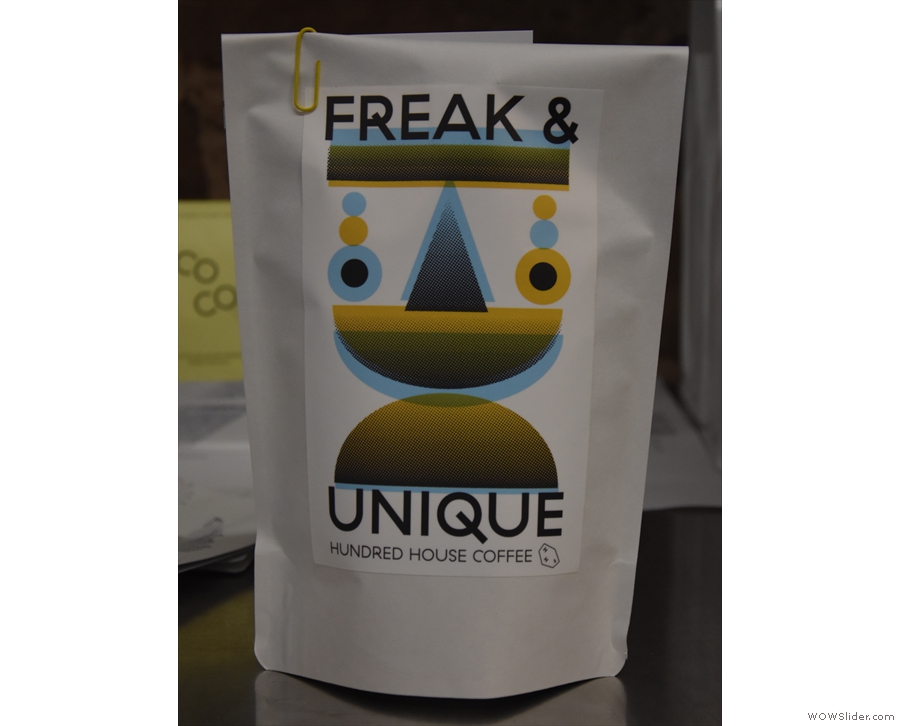
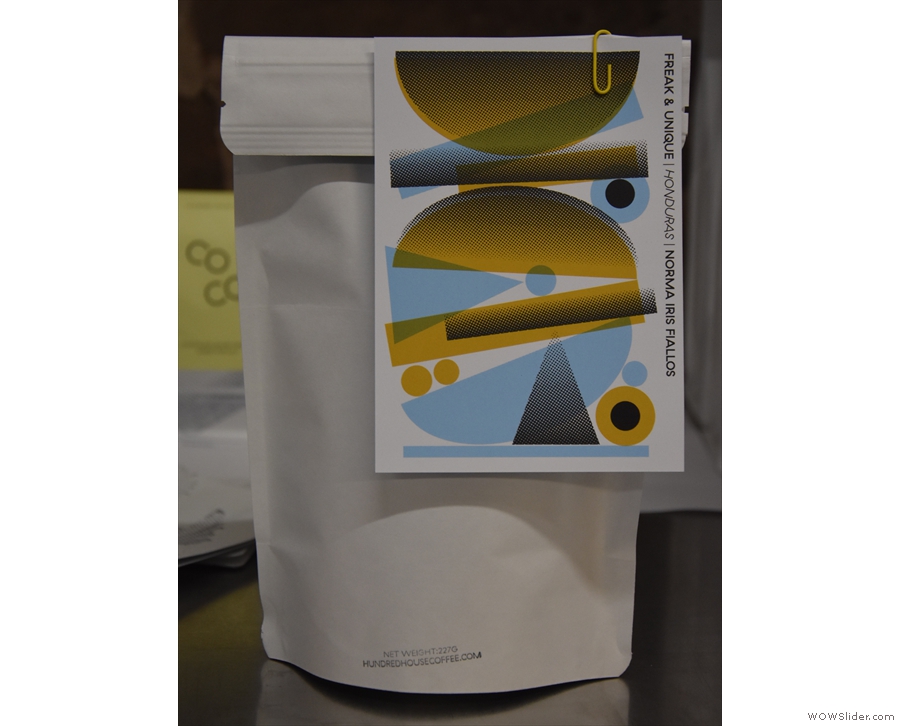
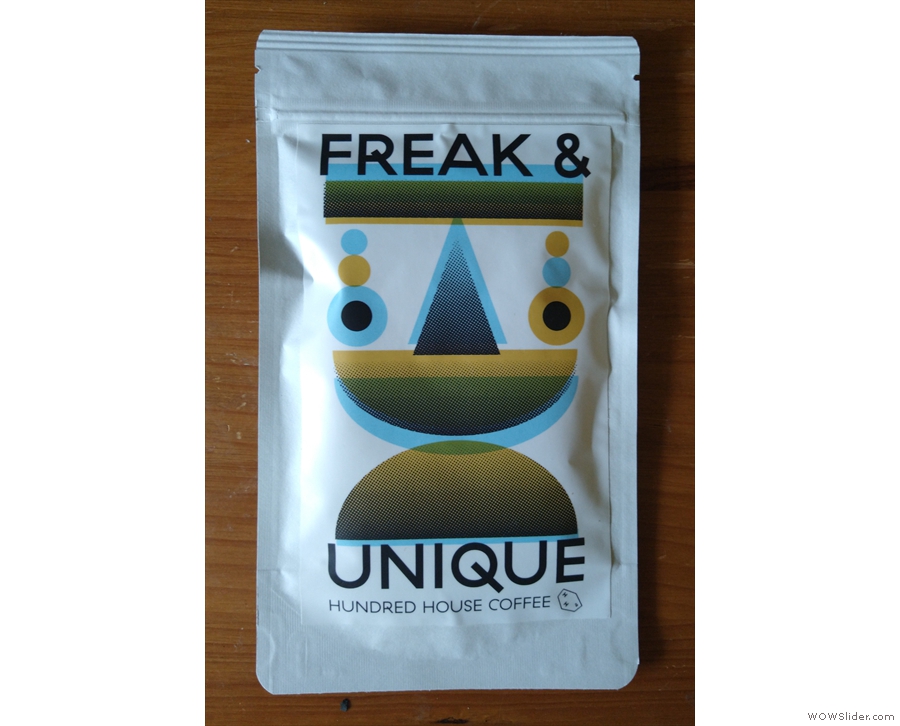
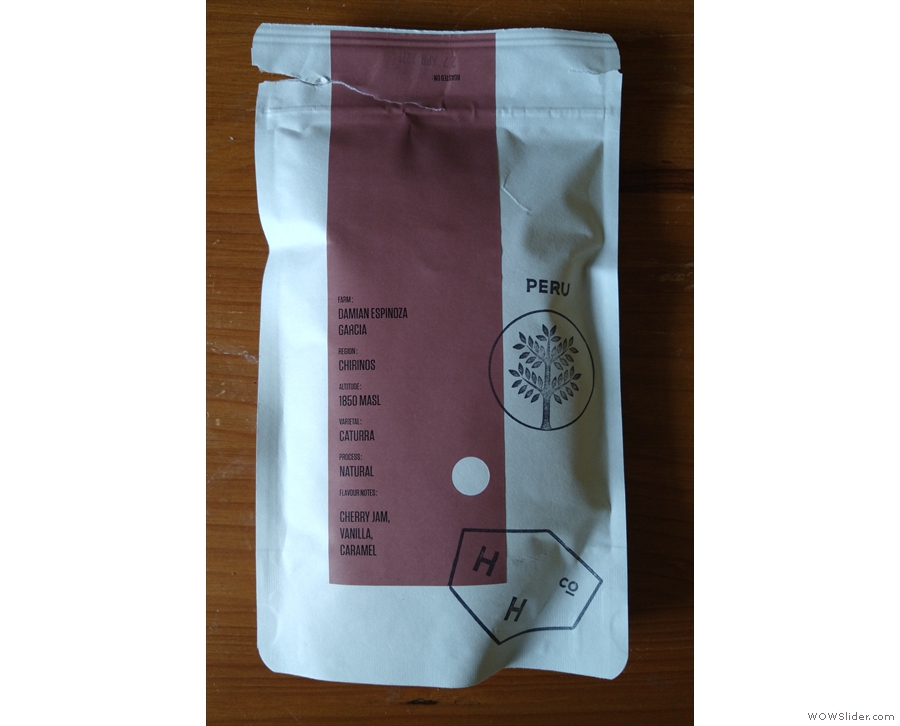
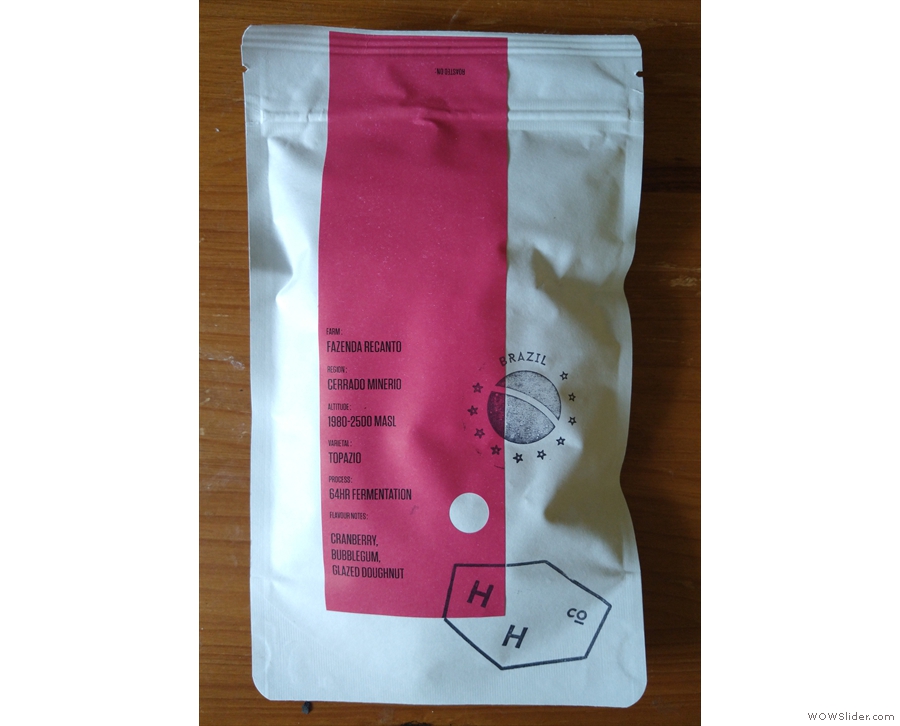
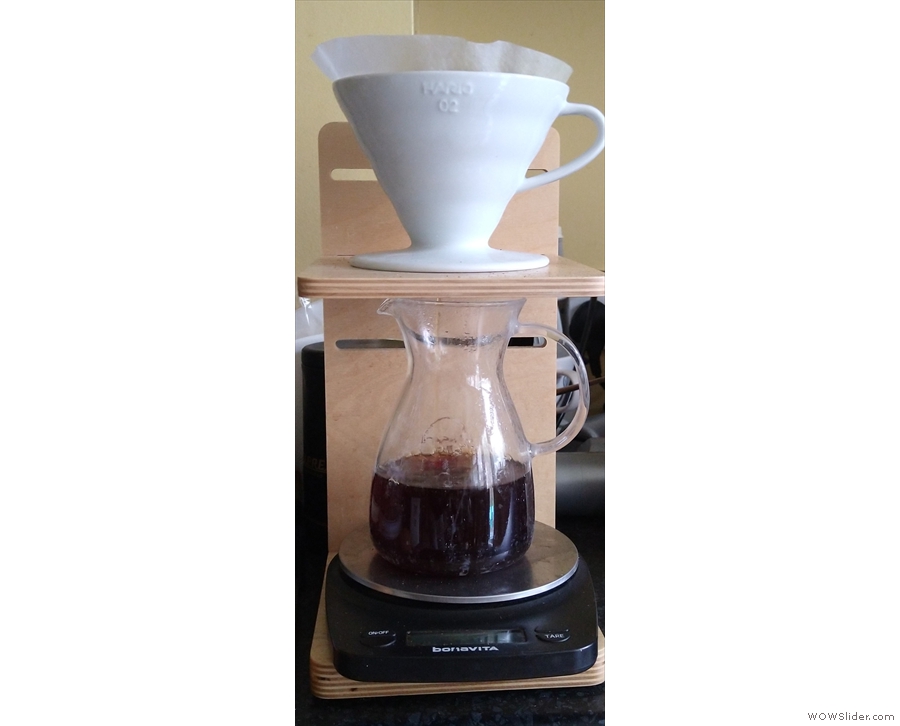
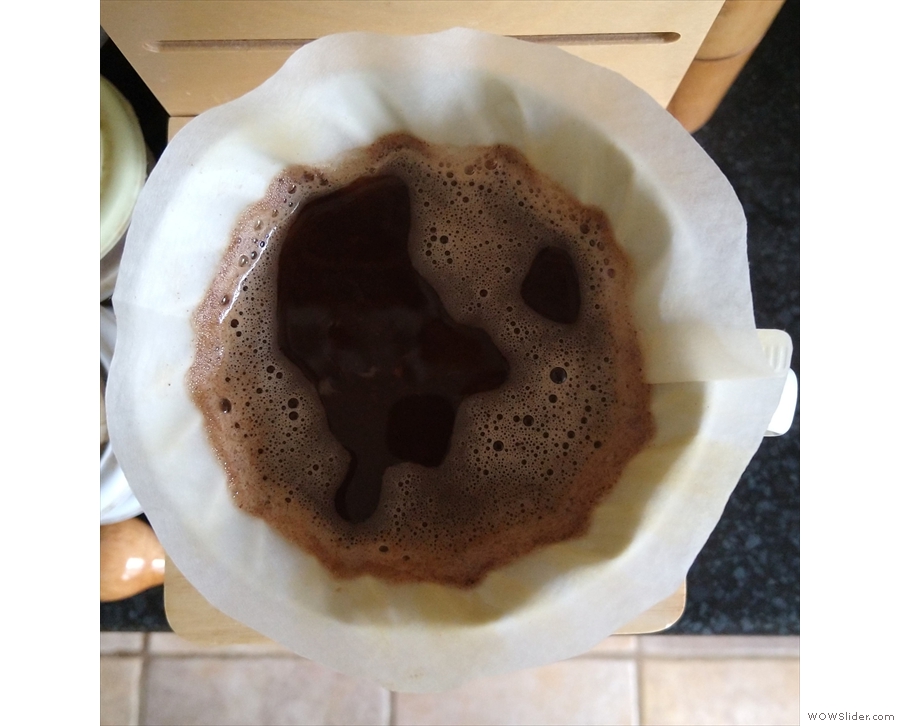
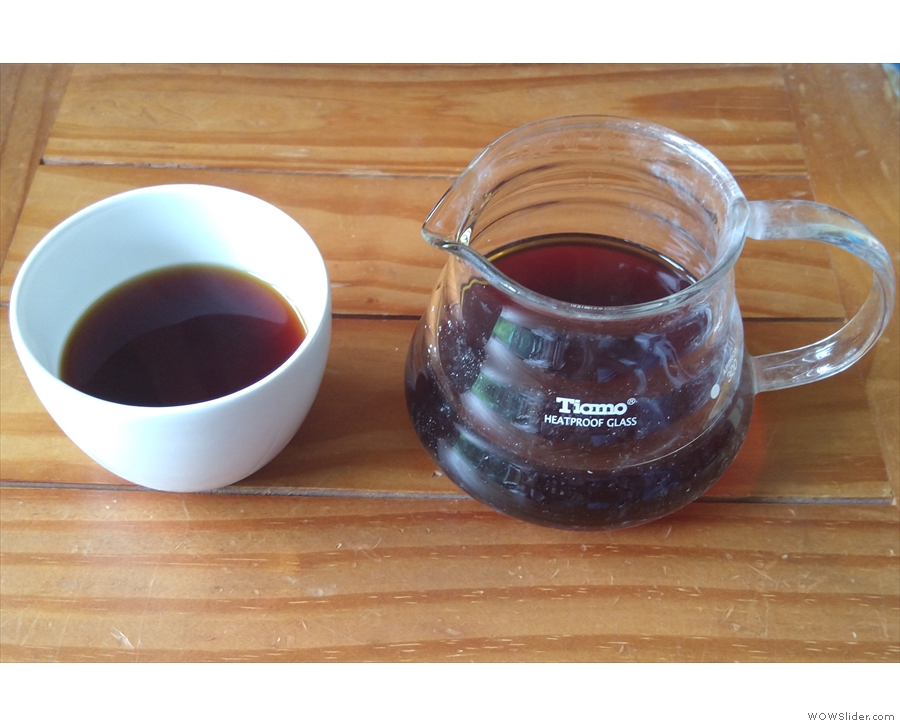
 1
1 2
2 3
3 4
4 5
5 6
6 7
7 8
8
Pingback: Meet the Roaster: Hundred House Coffee | Brian's Coffee Spot
Pingback: Fazenda Recanto: A Tale of Two Roasters | Brian's Coffee Spot
Pingback: Liar Liar Update | Brian's Coffee Spot
Pingback: Freak & Unique Update | Brian's Coffee Spot
Pingback: Three Micro-lots from Crankhouse | Brian's Coffee Spot
Pingback: 2021 Awards – Best Saturday Supplement | Brian's Coffee Spot
Pingback: 2021 Awards – Best Filter Coffee | Brian's Coffee Spot
Pingback: CSONS Shrewsbury | Brian's Coffee Spot
Pingback: 2022 Awards – Best Filter Coffee | Brian's Coffee Spot
Pingback: Coffee Spot Awards 2022 | Brian's Coffee Spot